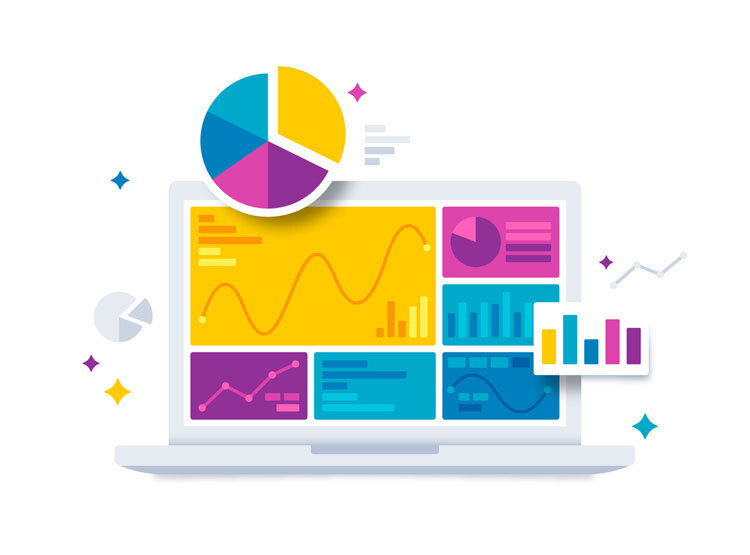Website development has come a long way in recent years, with a focus on creating designs that evoke emotional responses from users. The concept of emotional design is reshaping the way websites are built, with the goal of creating a more engaging and memorable user experience. Additionally, the rise of Web 3.0 and decentralized websites is changing the way we think about online platforms, with a focus on privacy, security, and user control. User interaction is also a key factor in modern website development, with designers looking for innovative ways to engage and connect with visitors. As technology continues to evolve, website development is being redefined to prioritize user experience and interaction.
Emotional Design: How Websites Can Connect with Users on a Deeper Level
By incorporating elements that evoke emotions such as joy, excitement, trust, or nostalgia, websites can create a more meaningful experience for visitors. This can lead to increased engagement, longer time spent on the site, and ultimately, a higher likelihood of converting visitors into customers.
Different colors can evoke different emotions, so choosing a color palette that aligns with the emotional response you want to elicit can be powerful. For example, warm colors like red and orange can create a sense of urgency or excitement, while cool colors like blue and green can create a feeling of calm and trust.
By sharing stories that resonate with your audience, whether it’s through testimonials, case studies, or personal anecdotes, you can create an emotional connection that goes beyond just selling a product or service. People are more likely to remember and engage with content that makes them feel something, so incorporating storytelling into your website can be a powerful tool for building that connection.
Web 3.0 and Decentralized Websites: The Next Evolution of the Internet
Unlike traditional websites, which are hosted on centralized servers, decentralized websites are hosted on a network of computers, making them more secure, transparent, and resistant to censorship. This shift towards decentralization is driven by the desire for greater privacy and control over personal data, as well as a more equitable distribution of power online.
Web 3.0 technology also promises to revolutionize the way we interact with the internet, with features like smart contracts, decentralized applications (dApps), and blockchain technology enabling new possibilities for online transactions and collaborations. By removing the middleman and allowing direct peer-to-peer interactions, Web 3.0 opens up a world of possibilities for content creators, businesses, and individuals looking to engage with the online world in a more democratic and transparent way.
The Psychology of User Interaction: Crafting Intuitive Digital Experiences
Crafting intuitive digital experiences is key to creating a positive user interaction. By understanding the psychology behind user behavior, designers can create interfaces that are easy to navigate and engaging to use. One important aspect to consider is the concept of cognitive load – users have a limited capacity to process information, so it’s important to keep interfaces simple and intuitive. This can be achieved through clear navigation, consistent design elements, and minimizing distractions.
Another important psychological principle to consider is the concept of visual hierarchy. By using color, size, and placement strategically, designers can guide users’ attention to key elements on a page. This helps users easily find what they are looking for and enhances their overall experience. Additionally, understanding principles of human perception, such as how users scan a page in an F-shaped pattern, can help designers place important information in areas that are more likely to be seen.
Incorporating feedback mechanisms, such as animations or progress indicators, can also enhance user interaction by providing immediate responses to user actions. This helps users understand the system response and feel more in control of their interactions. By incorporating these psychological principles into the design process, designers can create digital experiences that are not only intuitive but also enjoyable for users.
Ready to embrace the future of web development? Call us at +91 77604 87777 or get in touch through our contact form—we’ll follow up with you shortly. Let’s explore innovative concepts and cutting-edge approaches to create a website that not only meets today’s standards but is built to grow with tomorrow’s trends.




